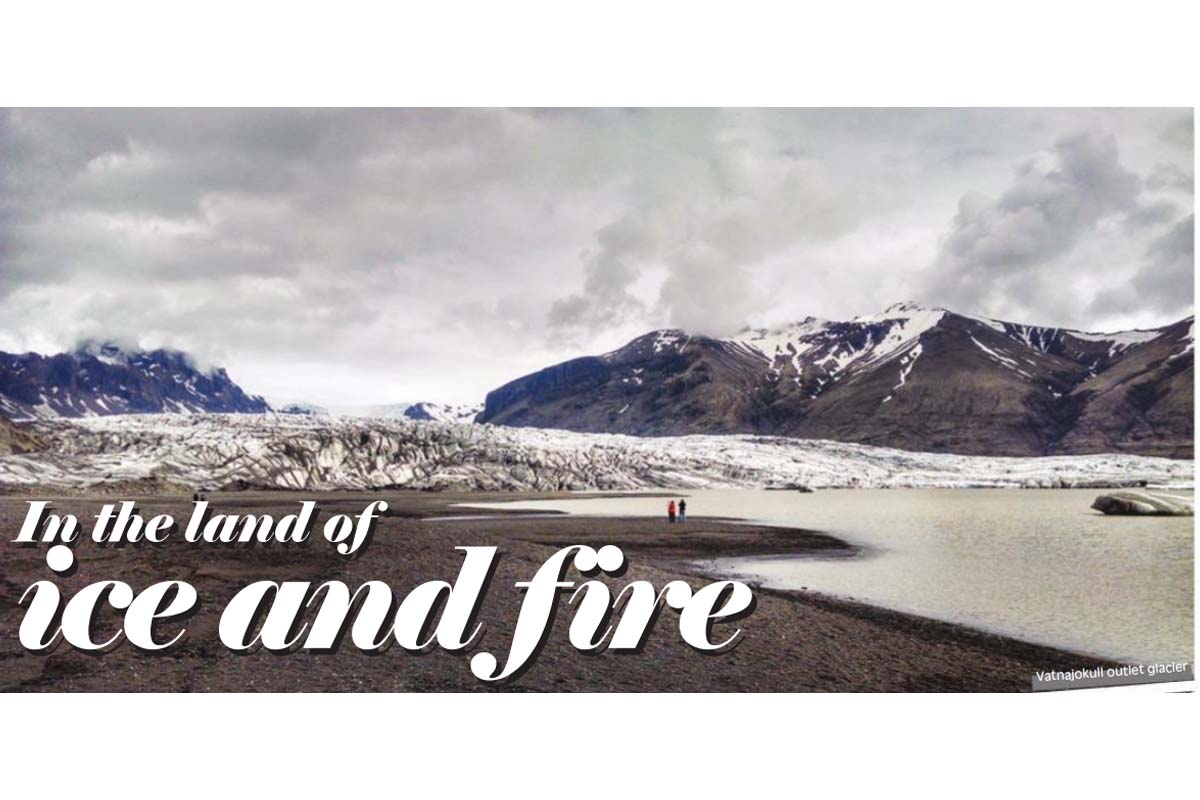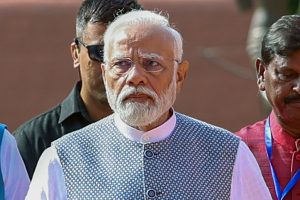Iceland is an island in the North Atlantic Ocean between the Scandinavian Peninsula and Greenland, and the northern part of the country is within the Arctic Circle. The present people are called Icelandic, but they are the descendants of Vikings and the country was previously under the governance of Denmark. Iceland is a sparsely settled country, with small towns widely separated and inhabitants ranging from 20 to 200 people live there, all on the coast, as the interior is inhospitable. In fact, only about 20 percent of the island is used for livelihood.
Iceland has some of the most active volcanoes in the world with most of them hidden under massive glaciers and ice fields. The volcano named Eyjafjallajökull, which last erupted in 2010, disrupted all air traffic in Europe for several days. Glaciers and snowfields cover more than 12 percent of the island. Their largest volcano, Vatnajokull in the South-east of the country and is covered under a huge icefield, about 90 miles long and 60 miles wide. The highest mountain in Iceland, Oraefajokull is at the southern edge of this glacier. The island’s coasts are deeply cut by fjords and bays.
I arrived at Keflavik airport from Norway late at night and stayed in Reykjavik that night. Next morning, I drove to the Golden Circle attractions —the most visited sights in Iceland that can be done as a day trip from Reykjavik. My first stop, Thingvellir National Park, the site of the first parliament in Iceland, is a unique site that bears witness to the tearing apart of the North American and the Eurasian tectonic plates, and the immense geological forces, which led to the formation of Iceland. That makes it geologically active.
My next destination was the geothermal activity areas in Haukdalur. From a distance, I could see heavy white smoke moving in the air. On coming near the spot, I saw several geysers producing heavy steam out of the earth. There are mud pots and several small and big geysers with thick clouds of steam coming out at 15 to 20 minutes’ intervals with water temperature at about 100oC going up to 60-80 feet high. The two most famous ones are Geysir (after which the term geyser was derived) and Strokkur (which erupts every five -10 minutes). My final stop of the day was the Gulfoss waterfall —one of the largest in Iceland. One can walk up several flights of stairs for a view from the top of this massive waterfall.
Next morning, I drove further east on the Ring Road, the single highway that connects all the small towns and cities on the Icelandic coast. Once I left the Golden Circle attractions, I could not see any human being, animal or tree, except small boulders covered with moss or grass as far as my eyes could see. All the towns and cities are hundreds of miles away from each other. I stopped at multiple locations on the drive east and one could see fluorescent green grass covered mountains, dark brown and black cliffs on one side and the sea and rocky beaches on the other.
My favourite stops were Vik, where I went to the black lava sand beach that stretches for hundreds of miles. The black lava sands has stood in as film sites depicting otherworldly landscapes for films like Oblivion, Prometheus and several other science fiction films. I also saw multiple waterfalls, the most famous of which is Skogafoss. Right next to the waterfall is the trail that takes one to the base of the volcano, Eyjafjallajökull.
The following day, I ventured even further east to Jökulsárlón, the glacial iceberg lagoon, where pieces of the Vatnajökull glacier break apart and then slowly start flowing to the sea next to another black lava sand beach.
The climate of Iceland is cold and humid. The temperatures are higher than most other areas that are situated at the same latitude because of the warm waters of the Gulf Stream. At Reykjavik, the average for the coldest months is about -1oC and the warmest months have lows of 11o C.
Iceland has one of the highest winds in the world and there are several signs on the road to be careful of the winds as they’ve toppled cars and trucks. The weather is also very unpredictable, and earthquakes occur often. One of Iceland’s biggest worries is underground volcanic activity melting the snowfields causing massive flooding across communities and a few such occurrences have happened in the past. Most of the country is covered by thick moss, low bushes and grasses. There are areas where bare rocks and sandy wastes exist. Varieties of birds could be seen on the ridges of rocks; most common of which is the puffin, their national bird.
I left with fond memories of Iceland and its otherworldly landscape. An interesting experience was the midnight sun, where the sun never sets and there’s sunlight always. Thankfully, all the hotels and houses have thick heavy black curtains that block out the sun during the night hours, so people can sleep.











